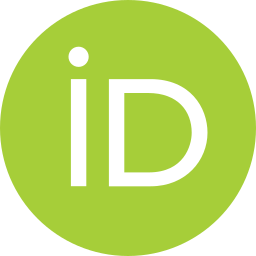| Abstract |
Objective: To examine the current trends and practices across disciplines for feeding infants with cleft palate with or without cleft lip and to describe provider training within this area. Design: Prospective survey. Setting: ACPA approved cleft palate teams and healthcare providers in the United States and Canada. Participants: Interdisciplinary providers that regularly provide feeding services to infants with cleft palate. Intervention: 50-item survey designed and distributed electronically via the ACPA Main Outcome: Measures Information on provider demographics and practice patterns. Results: 76 respondents included providers in North America that have either currently or previously served on a cleft palate team. The majority of respondents were in speech-language pathology (49%) or nursing (38%) disciplines, worked in an outpatient setting (70%), and received no information (68%) regarding cleft palate feeding in their academic training. While specific practice patterns were relatively consistent across the respondent cohort, provider characteristics were significantly associated with squeezing the Haberman ( p = .013) and likelihood of collaboration with other providers when counseling parents/caregivers ( p = .039). Conclusions: While provider characteristics varied, there were similar practice patterns observed across disciplines. Future research is needed explore training related to feeding knowledge as well as practice patterns in locations with a lower patient volume. |
| Authors |
Katelyn J. Kotlarek   , Mikayla Benson , Mikayla Benson   , Jessica L. Williams , Jessica L. Williams 
|
| Journal Info |
SAGE Publishing | The Cleft Palate-Craniofacial Journal , vol: 61
, iss: 6
, pages: 1018 - 1026
|
| Publication Date |
1/23/2023 |
| ISSN |
1055-6656 |
Type |
article |
| Open Access |
closed

|
| DOI |
https://doi.org/10.1177/10556656231152358 |
Keywords |
Cleft Palate (Score: 0.528393) , Mealtime Behaviors (Score: 0.517206) , Lactation (Score: 0.507957)
|